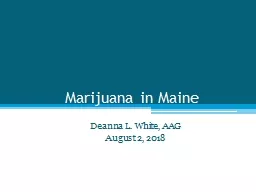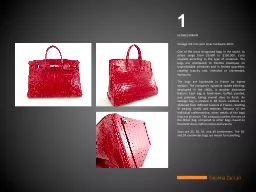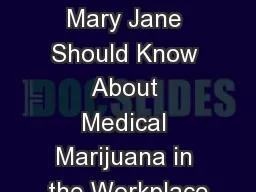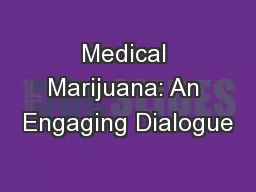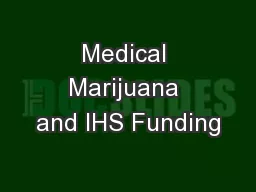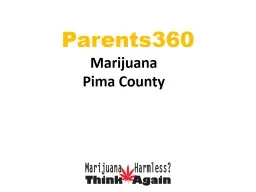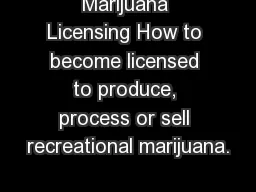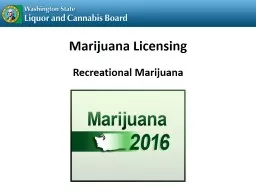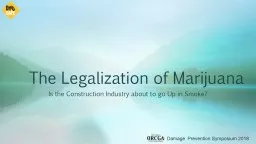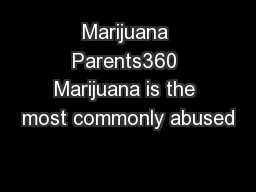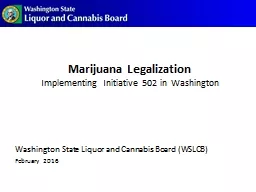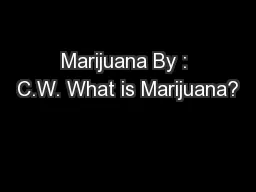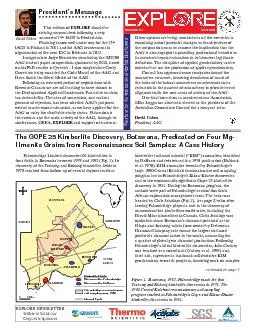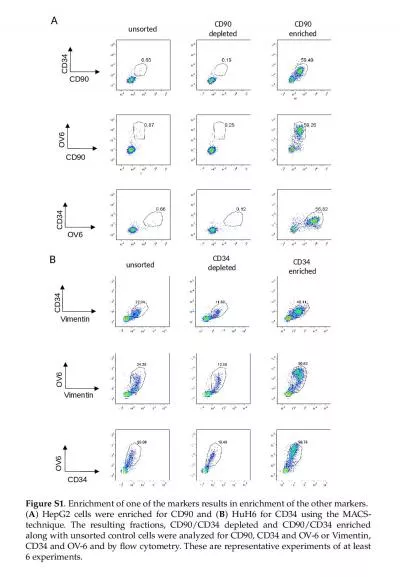PPT-Marijuana in Maine Deanna L. White, AAG August 2, 2018 Short History of Federal Law
Author : faustina-dinatale | Published Date : 2019-11-05
Marijuana in Maine Deanna L White AAG August 2 2018 Short History of Federal Law Controlled Substances Act 1970 Regulates manufacture possession use and distribution
Presentation Embed Code
Download Presentation
Download Presentation The PPT/PDF document "Marijuana in Maine Deanna L. White, AAG ..." is the property of its rightful owner. Permission is granted to download and print the materials on this website for personal, non-commercial use only, and to display it on your personal computer provided you do not modify the materials and that you retain all copyright notices contained in the materials. By downloading content from our website, you accept the terms of this agreement.
Marijuana in Maine Deanna L. White, AAG August 2, 2018 Short History of Federal Law: Transcript
Download Rules Of Document
"Marijuana in Maine Deanna L. White, AAG August 2, 2018 Short History of Federal Law"The content belongs to its owner. You may download and print it for personal use, without modification, and keep all copyright notices. By downloading, you agree to these terms.
Related Documents

